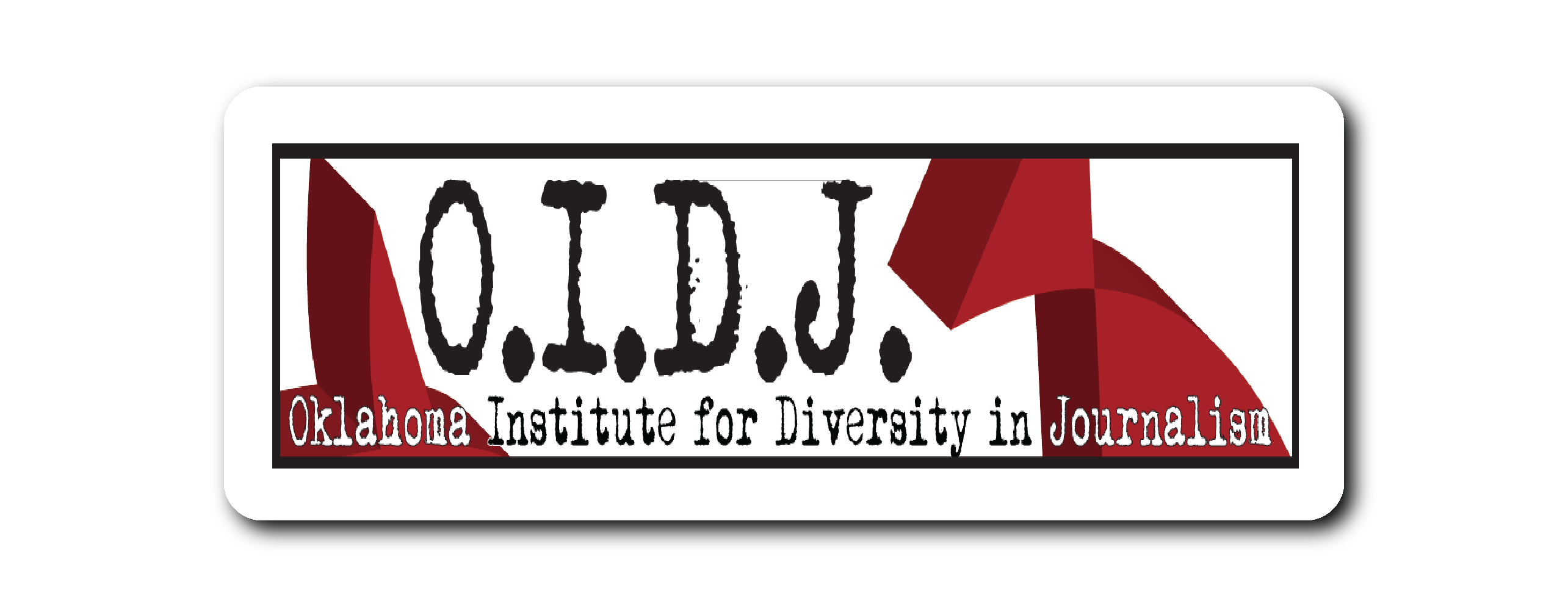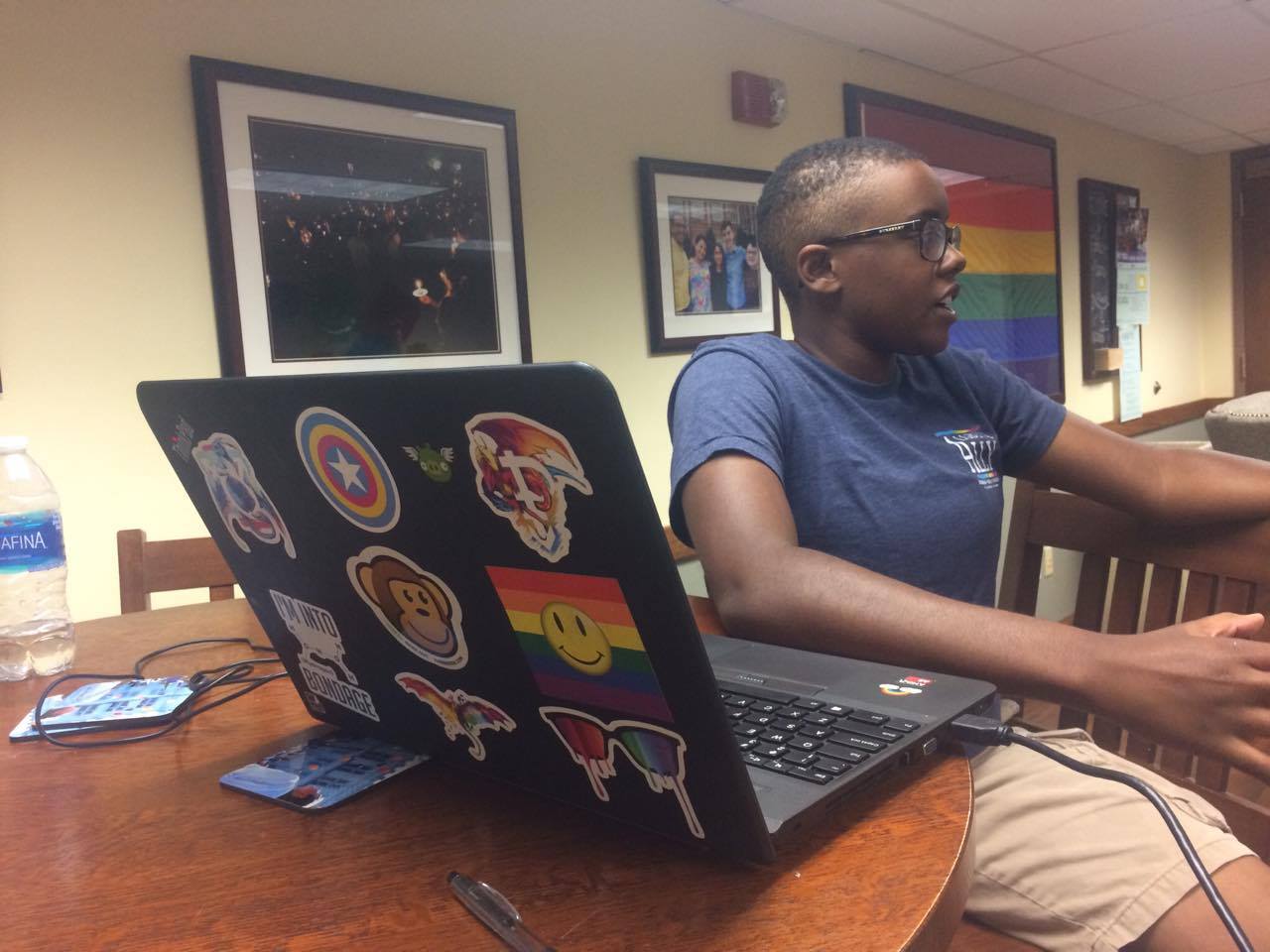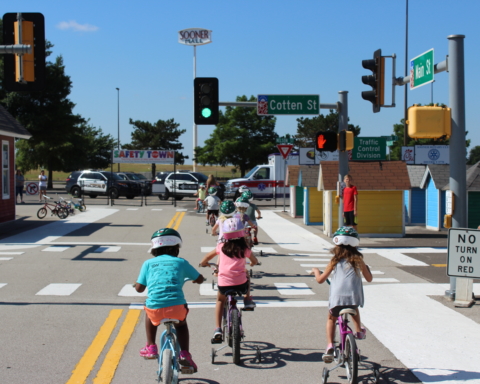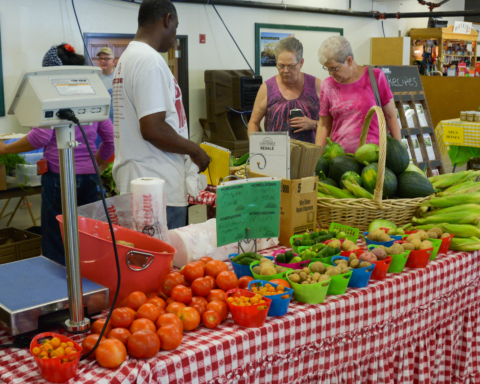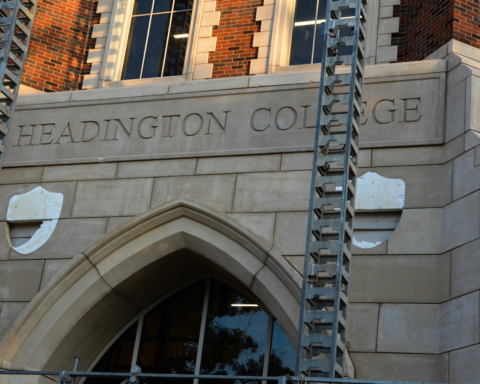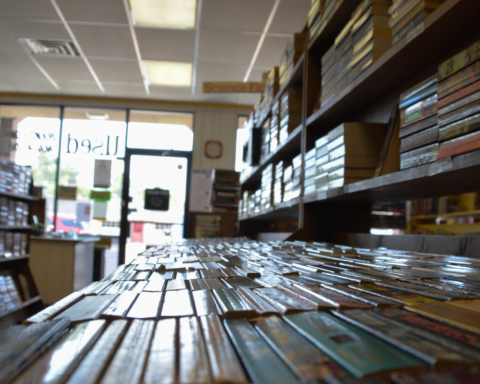Bethany Mann, a senior at University of Oklahoma, feels stuck in the middle of two well-known groups: heterosexual and LGBT+.
“For me, personally since I kind of pass as a straight person, it feels like I have one foot there and one foot out with everybody else,” Mann said.
Mann explained that this is a “BS reason” why many asexuals are left out of LGBT+ groups and straight groups. Many asexual people feel excluded when it comes to these established groups that cover the sexuality spectrum.
“A lot of people have different ideas, like it intersects with different identities,” Mann said.
What is asexuality? The spectrum makes it hard to pinpoint a single definition. The lack of a universal definition makes many people not understand the asexual community and exclude them.
“Asexual has an evolutionary meaning,” said Kasey Catlett, the associate director of Gender + Equality Center. He said it means the lack of sexual attraction at first but how there is a broader spectrum than what meets the eye.
“For me personally, it comes across sort of aromantic as well,” Mann said, “I don’t experience attraction to anybody because I just want to be friends with them.”
Other people in the community have different meanings for this term.
“A person who does not experience sexual attraction,” said Ash Hitt, an undergraduate research assistant at OU. Hitt, who prefers the pronouns “they/them,” explained that they are asexual, but biromantic as well.
The website AVENwiki defines biromantic asexuals as people who “seek romantic relationships for a variety of reasons, including companionship, affection, and intimacy, but they are not sexually attracted to their romantic partners.”
Because of a lack of understanding, many groups don’t include asexuals.
“LGBT is a very hypersexualized environment,” Catlett said. Schools, families and friends have a hard time grasping the concept. Asexuality used to be considered a mental issue because of trauma, counterproductive to the queer community, Catlett said.
Even asexuals themselves sometimes have a hard time recognizing or accepting their sexuality.
“At first, I felt broken and out of place, but then I accepted it,” Hitt said.
“People are expected to have an un-divorced family with two kids and a white picket fence,” Mann said, talking about society’s expectations versus her own fulfillment. Mann realized romance and sex weren’t needed in her life. “It took me a really long time to unlearn the concepts.”
Catlett said the Gender + Equality Center tries to include the asexual community.
“The ways we do that is recognizing that when we have conversations about queerness and sexual identity that not everyone is going to identify.”
When Hitt was asked whether they felt accepted, they said that they feel very left out in the LGBT+ community, invisible even.
“I wish it were better,” Mann said.
Jay Tyus, president of Queer Student Association, acknowledges the division.
“It sucks having them split up,” Tyus said, “They’re our friends.”
